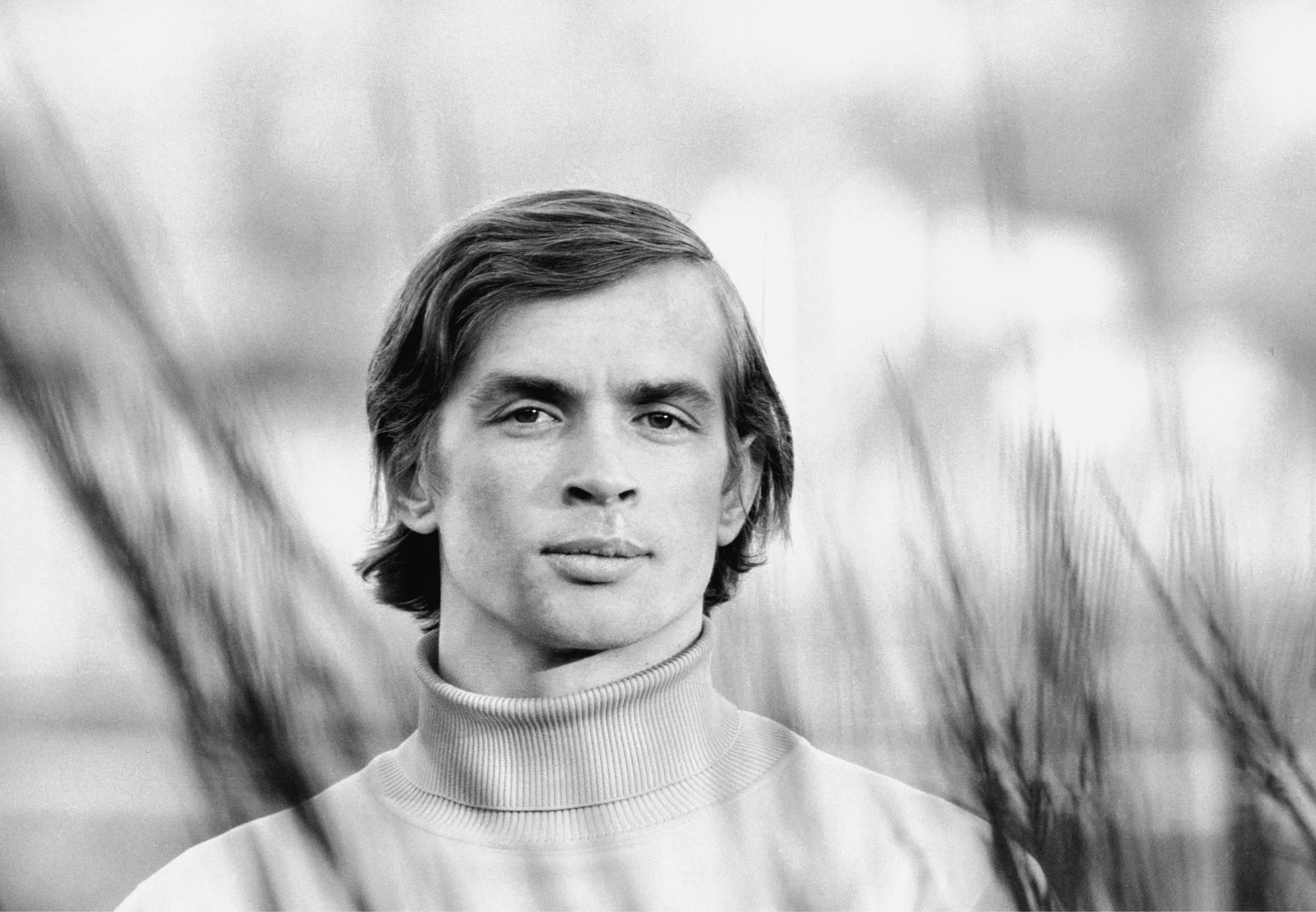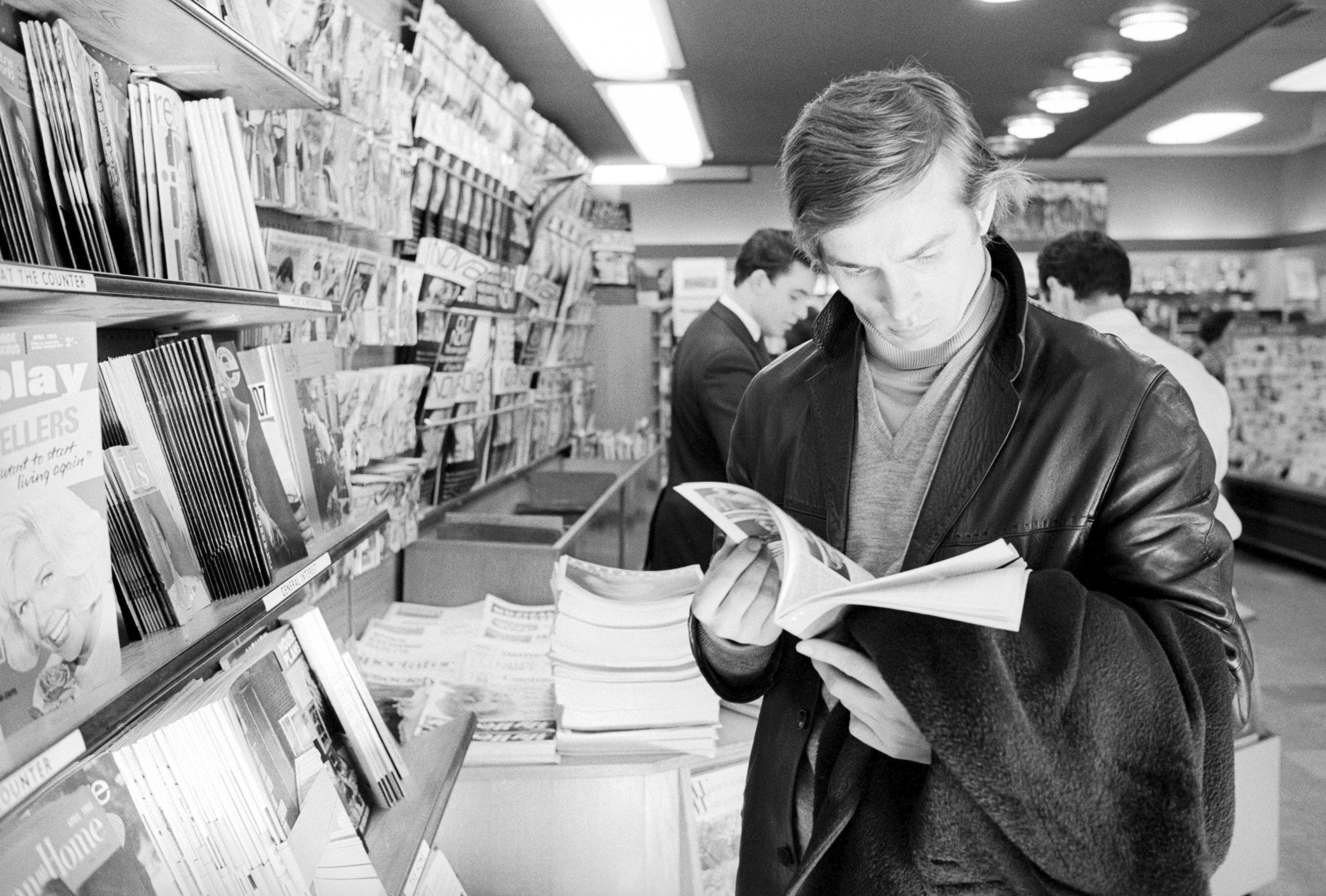There’s no shortage of superlatives to describe the life of the man often referred to as “the lord of dance”. There was his miserable childhood on the outskirts of Siberia. The almost miraculous encounter with dance at the age of seven, which turned young Rudolf’s life upside down. The return from the front after the Second World War of a father who shared little of his passion for ballet, judging it not virile enough. The escape to Moscow to audition for the prestigious Bolshoi Ballet company, which he passed with flying colours but was unable to join for lack of money. Then there was the Mariinsky Ballet, where he soon becomes an acclaimed soloist. |
Rudolf Nureyev was an icon. He drew crowds. First in London, at Covent Garden, where his friendship with Margot Fonteyn became complete complicity onstage. Then at the Paris Opéra, where he formed another absolute duo with prima ballerina Sylvie Guillem. In his practice, he was extremely demanding, always ready to push his physical limits, to surpass himself and achieve perfection. As early as 1964, he transposed this rigour into his work as a choreographer. |
“Rudolf Nureyev is entwined with my personal history because of my uncle, the photographer Colin Jones. Colin had been a ballet dancer, had a friendship with and photographed the star. The collection, or rather collections, are about contrast: the contrasts in the House of Dior in terms of ready-to-wear and haute couture. It’s the difference between onstage and backstage, the life of Rudolf Nureyev theatrically and in reality. Here it is a meeting of the dancer’s style with that of the Dior archives.”


